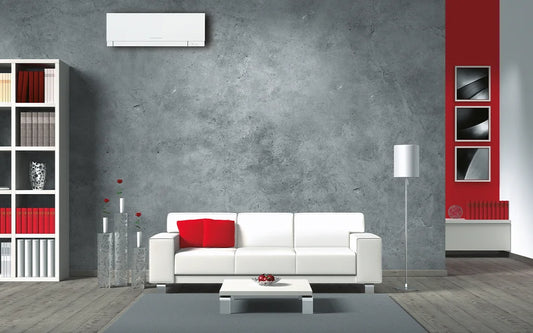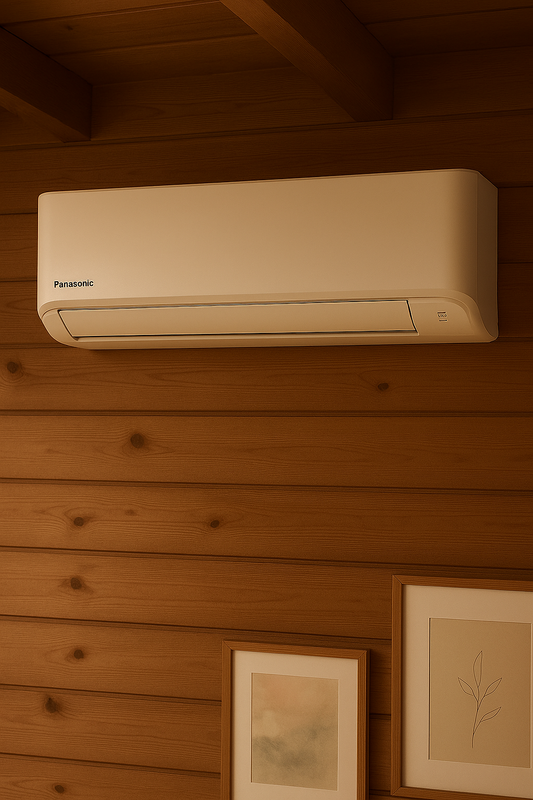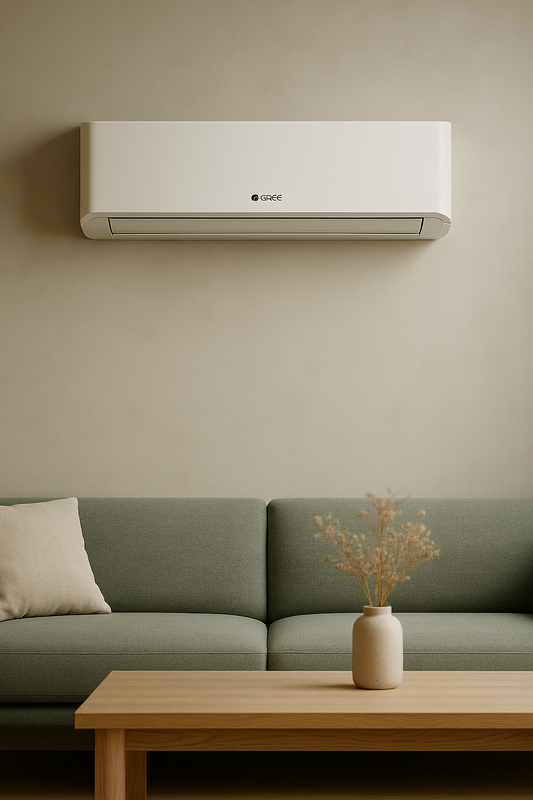Installera AC i hus: En komplett guide
Inledning
Att installera luftkonditionering (AC) i ditt hem kan vara en effektiv lösning för att hålla en behaglig inomhustemperatur, särskilt under varma sommardagar. I denna artikel kommer vi att utforska processen för att installera AC i ett hus, inklusive fördelar, tekniker och vanliga frågor.
Definition och bakgrund
AC-system är utformade för att kyla och reglera temperaturen i ett inomhusutrymme. Genom att avlägsna värme från luften skapar de en bekväm miljö, särskilt under heta förhållanden. AC-system kan vara centrala, splittrade eller portabla och använder olika kyltekniker för att uppnå önskad effekt.
Fördelar och användningsområden
Att installera AC i huset ger flera fördelar, inklusive:
- Reglerad inomhustemperatur
- Minskad luftfuktighet
- Renare luft genom filtreringssystem
- Ökad komfort och produktivitet
Användningsområden för AC inkluderar bostäder, kontor, butiker och andra inomhusmiljöer där termisk komfort är viktigt.
Relaterade tekniker, begrepp eller variationer
När det gäller att installera AC i hus finns det flera tekniker och variationer att överväga, inklusive:
- Central luftkonditionering
- Split-system med inomhus- och utomhusenheter
- Portabla AC-enheter
- Evaporativ kylning
Vanliga frågor (FAQ)
Här är några vanliga frågor om att installera AC i hus:
Fråga: Vilken storlek på AC-enhet behöver jag för mitt hus?
Svar: Storleken på AC-enheten beror på husets storlek, isolering och värmebelastning. Det är bäst att rådgöra med en professionell installatör för att få rätt dimensionering.
Fråga: Hur ofta behöver AC-enheten underhållas?
Svar: Reguljärt underhåll, inklusive rengöring och filterbyte, rekommenderas vanligtvis en gång per år för att säkerställa optimal prestanda och energieffektivitet.
Sammanfattning
Att installera AC i huset kan förbättra inomhusmiljön genom att reglera temperaturen, minska luftfuktigheten och skapa en bekväm atmosfär. Genom att förstå olika tekniker, fördelar och vanliga frågor kan du fatta välgrundade beslut när det gäller att välja och installera rätt AC-system för ditt hem.
Installation Process
The installation process for AC in a house typically involves several steps. These may include:
- Assessment of the property and cooling requirements
- Selection of the appropriate AC system based on size and efficiency
- Installation of indoor and outdoor components (for split systems)
- Placement of ductwork (for central AC)
- Connection to power source and thermostat installation
- Testing and commissioning of the AC system
Energy Efficiency Considerations
When installing AC in a house, it's important to consider energy efficiency. Energy-efficient AC systems can help reduce electricity bills and minimize environmental impact. Look for systems with high SEER (Seasonal Energy Efficiency Ratio) ratings and consider features such as programmable thermostats and variable-speed air handlers.
Maintenance Tips
Proper maintenance is essential for the optimal performance and longevity of an AC system. Some maintenance tips include:
- Regularly changing air filters
- Cleaning the evaporator and condenser coils
- Checking and sealing ducts for air leaks
- Scheduling professional inspections and tune-ups
Cost Considerations
The cost of installing AC in a house can vary based on factors such as the type of system, property size, and any additional ductwork or electrical requirements. It's advisable to obtain quotes from multiple HVAC contractors and consider long-term energy savings when evaluating the overall cost.
Local Regulations and Permits
Before proceeding with the installation, it's important to check local regulations and obtain any necessary permits for AC installation. Compliance with building codes and regulations ensures the safety and legality of the installation process.
Conclusion
By understanding the installation process, energy efficiency considerations, maintenance tips, cost factors, and local regulations, homeowners can make informed decisions when installing AC in their houses. A well-planned and executed installation can provide efficient cooling and enhanced indoor comfort for years to come.
Installation Tips
Here are some tips to ensure a smooth installation process for AC in a house:
- Choose a reputable HVAC contractor with experience in AC installations
- Consider the placement of the AC unit for optimal airflow and minimal obstruction
- Ensure proper insulation to maximize energy efficiency
- Discuss any specific cooling requirements or preferences with the installer
Types of AC Systems
There are various types of AC systems available for residential installation, each with its own advantages:
- Ductless mini-split systems for targeted cooling in specific areas
- Geothermal heat pump systems for energy-efficient heating and cooling
- Heat pump systems that offer both heating and cooling capabilities
- Variable refrigerant flow (VRF) systems for precise temperature control
Environmental Impact
Consider the environmental impact of the chosen AC system. Opt for eco-friendly refrigerants and systems with minimal carbon footprint to reduce environmental harm.
Smart Home Integration
Explore options for integrating the AC system with smart home technology for enhanced control and energy savings. Smart thermostats and remote access capabilities can offer convenience and efficiency.
Warranty and Service Contracts
Review warranty details and service contracts offered by manufacturers or installers to ensure proper maintenance and coverage for potential repairs or replacements.
Professional Consultation
Seek professional consultation from HVAC specialists to assess the specific cooling needs of your home and determine the most suitable AC system for optimal performance.



